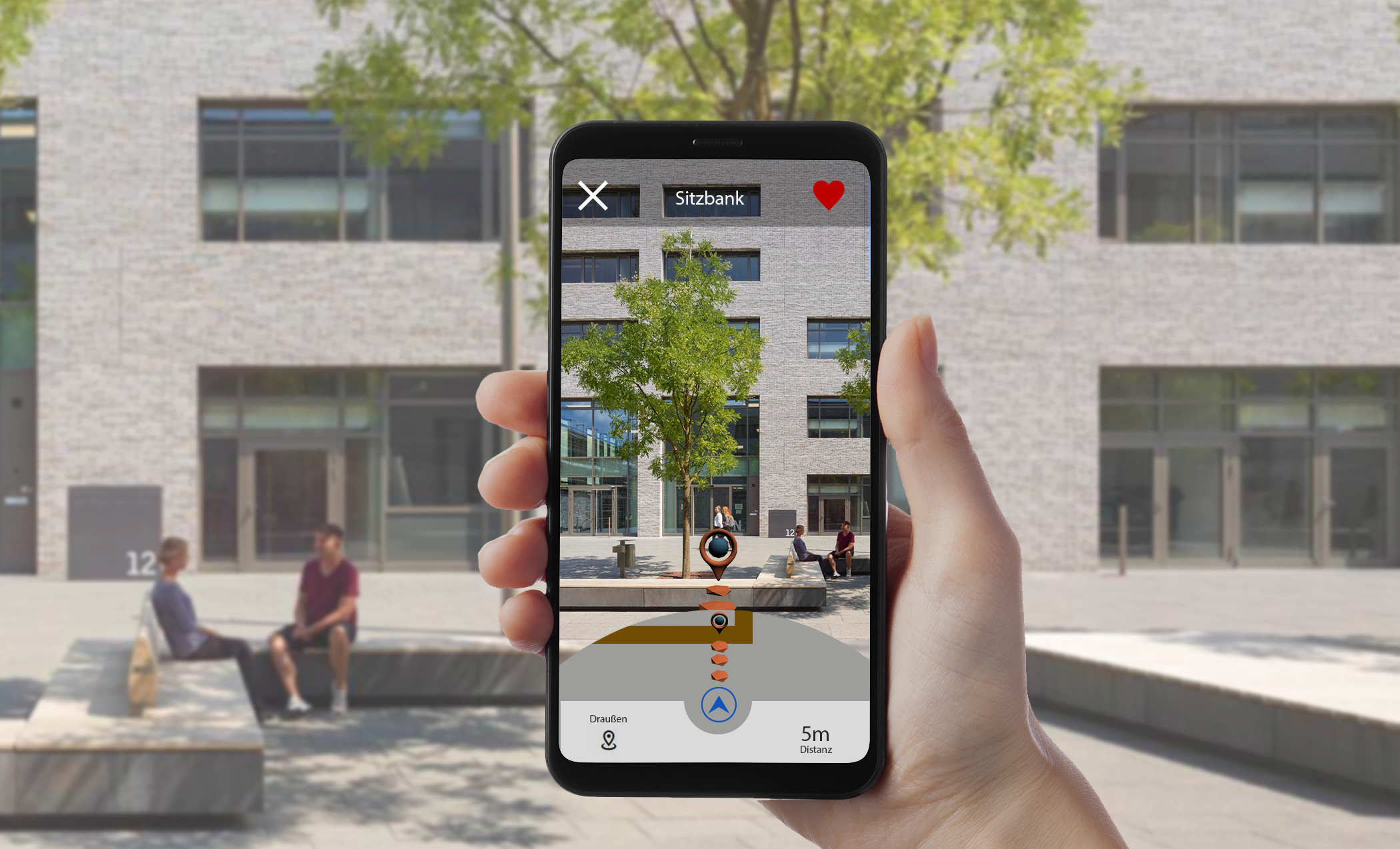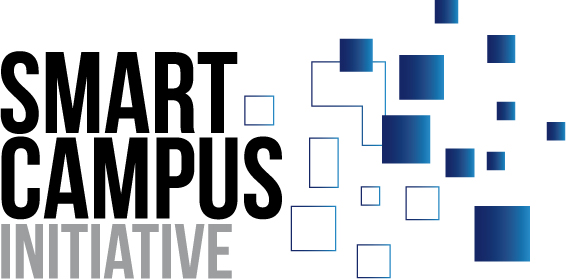Smart Campus Initiative
© Roland Halbe
The Bildungscampus in Heilbronn links various educational and research institutions in one place. In order to ideally promote learning and working on the campus and to offer a high level of comfort, the possibilities of digitalization are also to be used. To this end, the Fraunhofer IAO has launched the Smart Campus Initiative in 2018 together with Heilbronn University and supported by the Dieter Schwarz Foundation.
This uses the Bildungscampus as a real laboratory for the data-supported development and testing of smart and innovative services and business models. Within the protected framework of a semi-public space, solutions relevant to campus actors, business and public administration are worked on jointly using co-creative formats and methods.

© AdobeStock – nutawut
― CO-CREATIVE SERVICE DEVELOPMENT
The Smart Campus Initiative sees itself as a cross-institutional project platform through which students, staff, campus management, (utility) companies, and city and regional administrations work together on data-based services to improve campus and city life. With the help of co-creative formats and methods we support the actors in using the potential of data to develop new services, improve existing ones and build first prototypes. Co-creative means that the actors are strongly involved in the service development process and work together collaboratively.
― PILOTING ON THE CAMPUS
The solutions developed are then tested on campus and their added value scientifically analysed. The first step focuses on services that increase campus comfort. For example, we are currently working on the implementation of an AR application for better navigation on campus and on a model for forecasting waiting times in the canteen.

© Fraunhofer IAO, verändert nach Roland Halbe und Fotolia – Ovsianka

© AdobeStock – Eberhard Spaeth
― TRANSMISSION TO CITY AND REGION
In the second step, utility services are considered which are relevant, for example, for an urban society. These solutions will be tested on campus under scientific supervision and, after successful pilot testing, transferred to urban areas. For example, after the test phase on campus, the model for forecasting waiting times in the canteen could in future be used in citizens’ offices in order to control public traffic more specifically.
― INFRASTRUCTURE
Via built-in sensors on the campus area, own (non-personal) data is collected and fed into an Open Data Portal. These are enriched with external data and made freely available to all stakeholders. A physical laboratory provides the optimal conditions for working on new prototypes, data-based services and business models in semester projects and workshops. Since a large part of the laboratory consists of mobile elements, it can also be set up outside the Bildungscampus and used by actors in the region.

© Fraunhofer IAO
